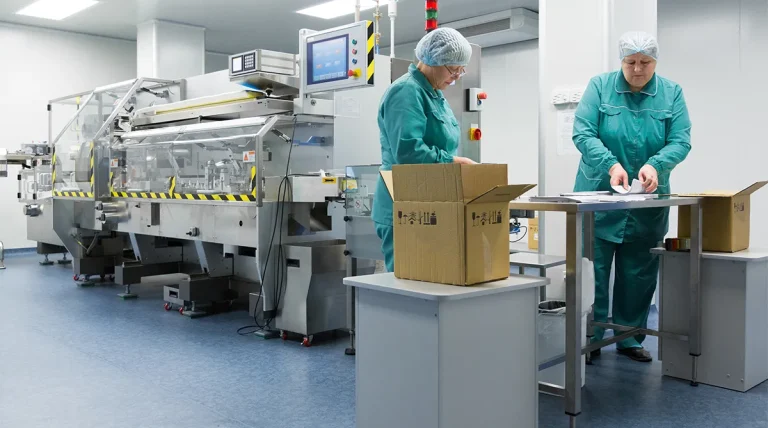Packaging production plays a crucial role in almost every industry, from food and beverages to electronics and cosmetics. As consumer preferences evolve, and environmental concerns take center stage, packaging production has had to adapt to new technologies, sustainable practices, and design innovations. This article explores the current state of packaging production, the latest trends, and the future of this ever-changing industry.
1. The Role of Packaging Production in Modern Business
Packaging serves more than just a protective function; it’s a powerful marketing tool and a critical aspect of a product’s presentation. With e-commerce on the rise, consumers have higher expectations for packaging that is both functional and aesthetically pleasing. Packaging production, therefore, must balance the need for cost-efficiency, quality, and creativity. Companies invest heavily in research and development to ensure that their packaging stands out in a competitive market.
2. Sustainability: A Growing Priority in Packaging Production
One of the most significant shifts in packaging production in recent years is the emphasis on sustainability. With growing awareness of plastic pollution and waste management challenges, companies are exploring eco-friendly alternatives to traditional materials.
- Biodegradable Materials: Many packaging producers are now incorporating biodegradable materials, such as cornstarch-based plastics or plant fiber, to reduce environmental impact.
- Recyclability: Brands are also focusing on creating fully recyclable packaging, minimizing waste and promoting circular economy practices.
- Reduced Material Usage: Lightweighting is another approach, where producers reduce the amount of material used without compromising the strength or functionality of the package.
3. Smart Packaging: The Rise of Technology in Packaging Production
Technology is revolutionizing packaging production, particularly with the advent of smart packaging. This innovation adds new functionality to packages, enhancing user experience and providing additional product information.
- QR Codes and Augmented Reality: Many packaging designs now incorporate QR codes, enabling customers to scan the package for detailed product information, special offers, or even interactive content via augmented reality (AR).
- Temperature Monitoring: In industries like pharmaceuticals and food, temperature-sensitive packaging ensures product quality during transportation, using sensors to monitor and control conditions.
- Anti-Counterfeiting Measures: Advanced packaging solutions also integrate anti-counterfeiting technology, such as unique holograms or RFID tags, to protect brands and consumers from counterfeit goods.
4. Automation in Packaging Production: Efficiency and Precision
The integration of automation in packaging production has streamlined the manufacturing process, making it faster and more precise. Automation technologies, such as robotic arms, high-speed filling machines, and smart sorting systems, improve productivity while reducing human error.
- Robotics and AI: Robotics can perform repetitive tasks with high accuracy, while artificial intelligence helps optimize the production line by predicting potential bottlenecks and maintenance needs.
- Customization at Scale: Automated systems also enable mass customization, allowing brands to tailor packaging designs for specific campaigns or demographics without slowing down production.
5. Challenges in Packaging Production
While packaging production has advanced significantly, the industry still faces several challenges.
- Cost Management: Producing sustainable or smart packaging often involves higher initial costs, which can be a barrier for small businesses.
- Supply Chain Disruptions: Packaging production relies on a complex supply chain, and disruptions, such as shortages of raw materials or logistical delays, can impact production timelines.
- Balancing Innovation and Regulation: As new packaging materials and technologies emerge, companies must navigate regulatory requirements to ensure their products meet safety and environmental standards.
6. The Future of Packaging Production
Looking ahead, the future of packaging production will be shaped by continued innovation, with a focus on sustainability, automation, and personalization. Emerging technologies, such as 3D printing, are expected to further revolutionize how packaging is designed and manufactured, enabling even greater customization and efficiency. Meanwhile, the ongoing push for eco-friendly materials will drive further research into alternatives to single-use plastics, ensuring that packaging production remains environmentally responsible.
Conclusion
Packaging production is a dynamic field that is rapidly evolving to meet the demands of modern consumers and the global marketplace. With advances in sustainability, smart technology, and automation, the future of packaging looks bright, though challenges remain. As companies continue to innovate, packaging will play an increasingly important role in shaping brand identity and customer experience.





